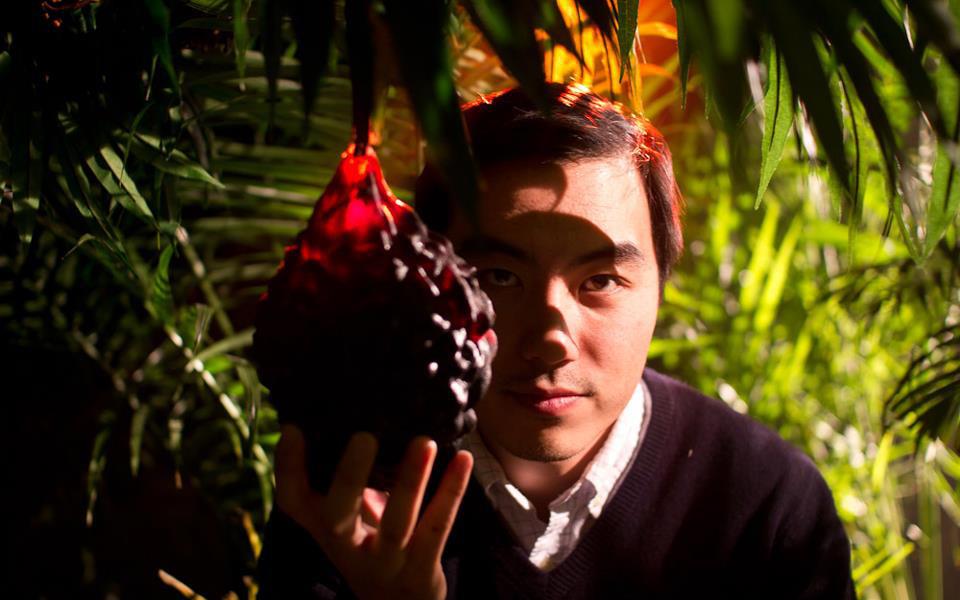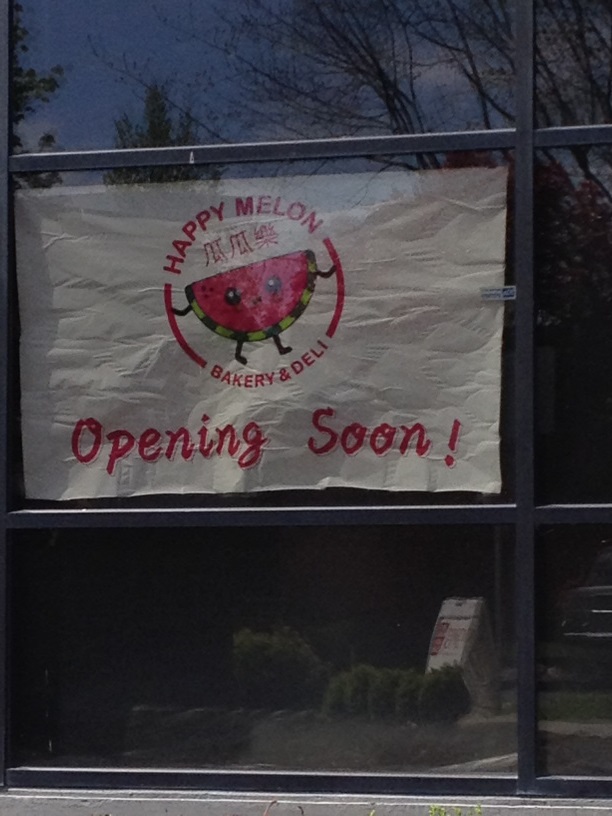There are really only two kinds of stories: ones which matter very much right now, and ones which become more significant in hindsight. Celebrity divorces and sports scores tend to fall into the first category, although the food world this year had its share of stories which inspired dizzy speculation, overheated blog posts, and collective obsessions over the minutiae of who did what and when. In Seattle, eaters were briefly riveted by legendary barman Murray Stenson’s employer-hopping, the coming of RN74, and former New York Times restaurant critic Frank Bruni’s gushy summation of the city’s dining scene.
At the close of 2011, Stenson has found steady work at Canon, Jamie Boudreau’s stab at a genre-defining craft cocktail joint; RN74 has settled into Seattle, and has a newly expanded happy-hour menu featuring pretzels and smoked salmon to prove it; and it’s nearly impossible to score a seat at Bruni’s beloved The Walrus and the Carpenter.
These buzzy headlines have been folded into the regular rhythms of local eating and drinking, but 2011 also produced a number of stories that eaters are most likely to recall five years hence:
1. Food trucks open permanent locations. Skillet and Marination Mobile are still rolling through Seattle streets, but both operations this year debuted brick-and-mortar versions of their culinary visions on Capitol Hill. Despite—or perhaps because of—their scruffy streetside provenance, Skillet Diner and Marination Station were among the year’s most polished restaurant openings. The logistical challenges that frequently trip up new eateries didn’t faze Skillet’s Josh Henderson, nor Marination’s Roz Edison and Kamala Saxton, already accustomed to dealing with tight quarters, crunched lunch schedules, nasty weather, and fussy equipment.
Diners quickly discovered that fried chicken and kalbi tacos aren’t any less delicious served under a roof. Although the thrill quotient was diminished slightly by not having to consult a Twitter feed beforehand, meals at Skillet and Marination’s non-wheeled outlets were made even better by beer, wine, and cocktails. But the entrepreneurs behind the new restaurants didn’t just add alcohol to their menus and cross their fingers. They figured out how to adapt to traditional restaurant settings without sacrificing their playfulness or losing their knack for wry comfort foods. In so doing, they established a template for food-truck success.
A new crew of mobile chefs is no doubt paying attention. In related news this year, Seattle—looking south to Portland, where more than 600 food trucks roam the city’s streets—relaxed its food-truck restrictions. The rules had previously barred food trucks from doing business on public streets, and limited sidewalk cart menus to hot dogs, popcorn, and coffee.
Since the rules were changed in August by a unanimous city council vote, four food-truck operators have filed for permits (with three more “that are pretty darn close,” according to city planner Bryan de Place). While the legislation hasn’t yet resulted in a crush of new trucks, the laws will be waiting on the books when the economy improves. By making it more affordable for aspiring chefs to start cooking, the city has greatly enriched its future culinary culture.
2. Restaurants find new ways to charge customers. According to survey results released earlier this year, 76 percent of Americans report that they’re eating out less frequently, choosing more affordable restaurants, and ordering fewer courses. Many Seattle restaurant owners—who are also saddled with Washington’s minimum wage, the nation’s highest—have responded to the revenue drop by slapping price tags on basics such as bread, olives, and nuts. But since a few extra dollars can’t save a struggling restaurant, there’s a move afoot to completely rethink the restaurant pricing model. More Seattle restaurants are asking their customers to pay up front for preset, family-style feasts, which help chefs better control food costs.
The most extreme example of a chef’s departing from the traditional a la carte menu came with the announcement of plans for Belle Clementine, slated to run on a subscription model. Chef David Sanford, a veteran of The Corson Building, has likened his Ballard restaurant to a CSA, with him proffering sit-down dinners instead of beets and greens. The $35-per-meal price will include food, drink, and gratuity. Once the meal series is underway, Sanford shouldn’t have to worry about buying too many ingredients or dealing with diners’ pesky habit of ordering the lowest-margin items on the menu. The arrangement also allows customers to budget correctly for eating out, instead of trying to guess how much money they might blow on specials or a bottle of wine.
While Sanford’s insistence on collecting payment in advance is unique, the family-style meal surged in Seattle this year. Although the concept isn’t new, Sunday suppers are now a fixture of the local dining calendar, with Tavolata, Golden Beetle, Marché, RN74, and Cuoco all adding weekly communal meals to their schedules this year. It’s unclear whether these events translate into good deals for diners, but the trend toward boarding-house pricing stands to transform dining patterns.
3. Chefs focus on doing one thing well. High on my list of favorite Seattle restaurants is Il Corvo, Mike Easton’s pasta shop on the Pike Place Hillclimb. The operation is hosted by Procopia Gelateria during its down hours, which should suffice for a description of the ambience. Easton serves two or three pastas a day, depending on his whims. He’s open only for weekday lunches, and he takes only cash. But the handmade noodle dishes, which often have a cheerfully meaty bent, are exquisite. Easton keeps a photo gallery of his creations online, and the pictures form a pasta pageant of ribbons, buttons, knobs, panes, and tubes.
Easton, formerly executive chef at Lecosho, wasn’t the only restaurant owner to embrace specialization this year. Other new micro- restaurants include Nook, which serves biscuits a dozen ways; Holy Cannoli, where the menu is dominated by stromboli and Detroit-style cannoli; and Katsu Burger, Hajime Sato’s Georgetown tribute to panko-battered patties served on cushy hamburger buns.
Like family-style meals, specialization wasn’t invented in 2011. But with cash-strapped customers clamoring for reliability and restaurateurs keen to avoid unnecessary expenses, the approach makes sense. It’s worked for food-truck operators, it’s worked for Tom Douglas—who this year opened a Tibetan dumpling joint, an upscale trattoria, and a beer hall—and it’s working for an increasing number of chefs just getting into the food-service game.
4. Initiative 1183 passes. The ramifications of the legislation most likely to fundamentally change how Seattleites drink—or at least how much they pay for it—are still in the debate stage. The state’s voters last month approved the Costco-backed bill to privatize liquor sales, but nobody’s yet sure what the laws will mean for distillers, distributors, restaurant owners, bartenders, or consumers. According to the law, all state-run liquor stores will shut down on June 1, 2012, although contract liquor stores can continue to operate. Starting in March, distillers and distributors can begin selling directly to restaurants.
That much is clear. What nobody knows is how many of the stores that meet the 10,000-square-foot criteria will apply for liquor licenses, nor which brands they’ll stock. Proponents of the legislation envision boutique liquor stores, styled after wine shops which promote small-scale, organic, and Washington-made wines, but detractors worry private sellers won’t have any incentive to carry esoteric spirits with uncertain consumer appeal. There’s also disagreement over what shifting tax burdens will mean for drinkers’ wallets: Backers of the initiative claimed competition would drive down liquor prices, but their foes countered that retailers are likely to adjust prices upward to help cover the cost of new licensing fees. It’s likely prices will vary widely, with those companies big enough to deal directly with distillers offering the best deals.
With so many questions unsettled, 1183 is likely to reappear on lists of the biggest food-news stories of 2012.








